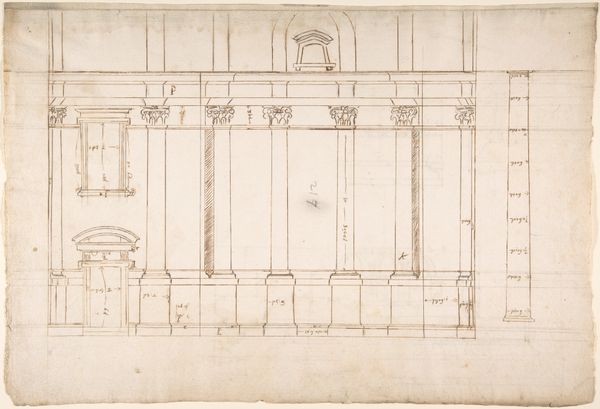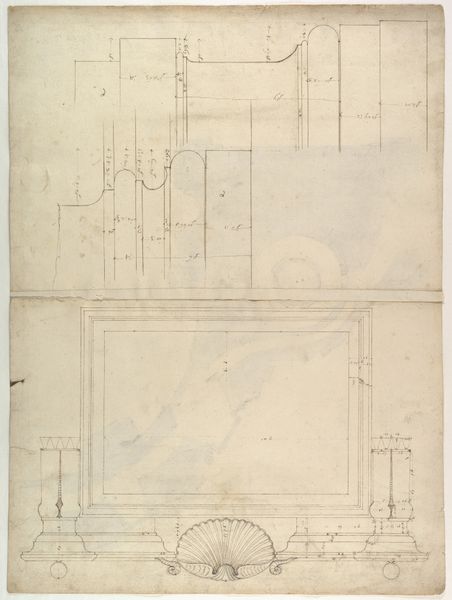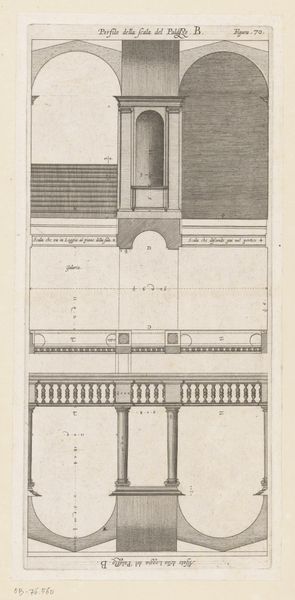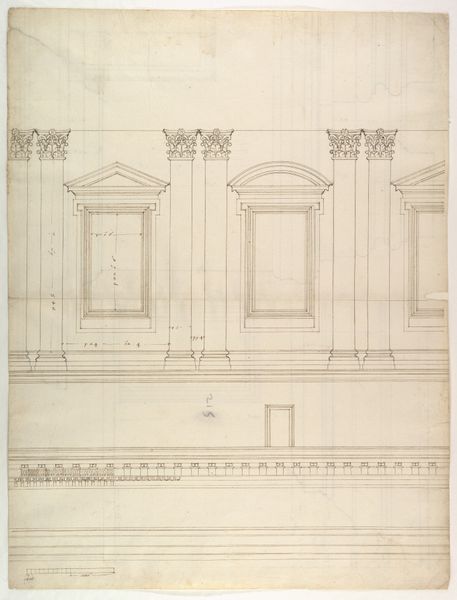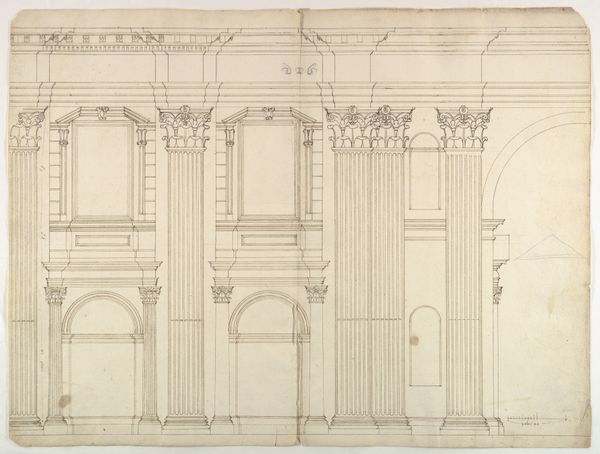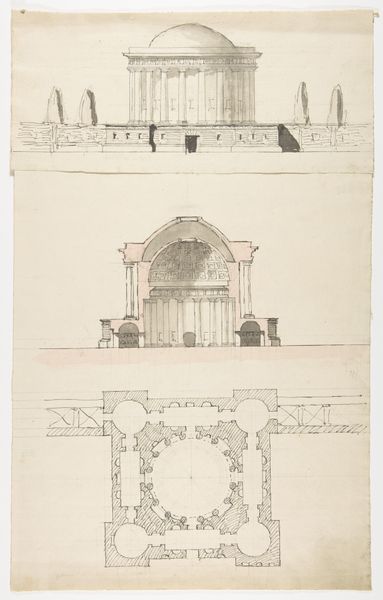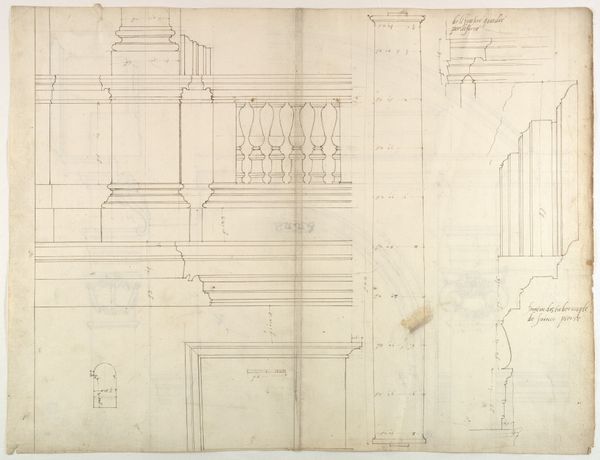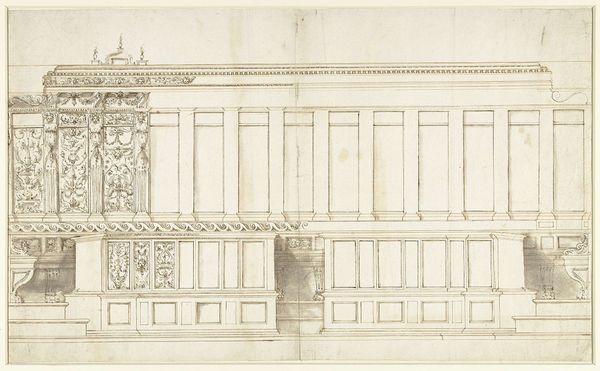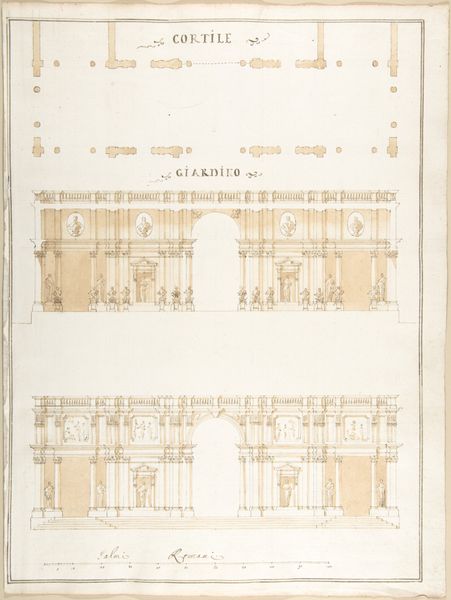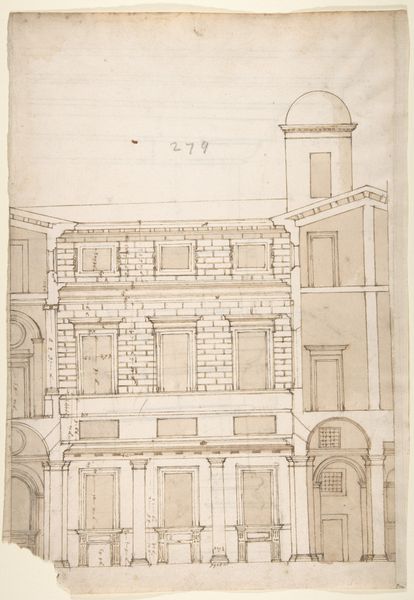
Mansion of Thomas Hope, Flemish Picture Gallery 1819 - 1829
0:00
0:00
drawing, print, etching, paper, architecture
#
drawing
#
neoclacissism
# print
#
etching
#
etching
#
paper
#
geometric
#
classicism
#
architecture
Dimensions: sheet: 7 5/8 x 4 3/4 in. (19.4 x 12.1 cm)
Copyright: Public Domain
This drawing by H. Ansted depicts Thomas Hope's Flemish Picture Gallery with precise architectural details. Notice the repeated use of arched windows and domes: these rounded forms and the symmetry within this gallery are key visual elements. These architectural motifs have ancient roots. Arches, for instance, were celebrated in Roman architecture as symbols of power, triumph, and imperial authority. Later, during the Renaissance, they were revived to invoke classical grandeur and order. Domes, with their celestial implications, suggest a harmonious connection between the earthly and divine realms. Consider how these elements, initially designed for palaces and cathedrals, have been reimagined in a private gallery. This transformation is not merely aesthetic; it suggests an aspiration to elevate personal space to the level of historical and cultural significance. These classical motifs invoke feelings of stability and enduring legacy, resonating deeply within our shared cultural memory. As visual symbols, they evoke an emotional connection to the past. Ultimately, the gallery's design speaks to our longing for permanence, blending personal history with the grand narrative of civilization.
Comments
No comments
Be the first to comment and join the conversation on the ultimate creative platform.
